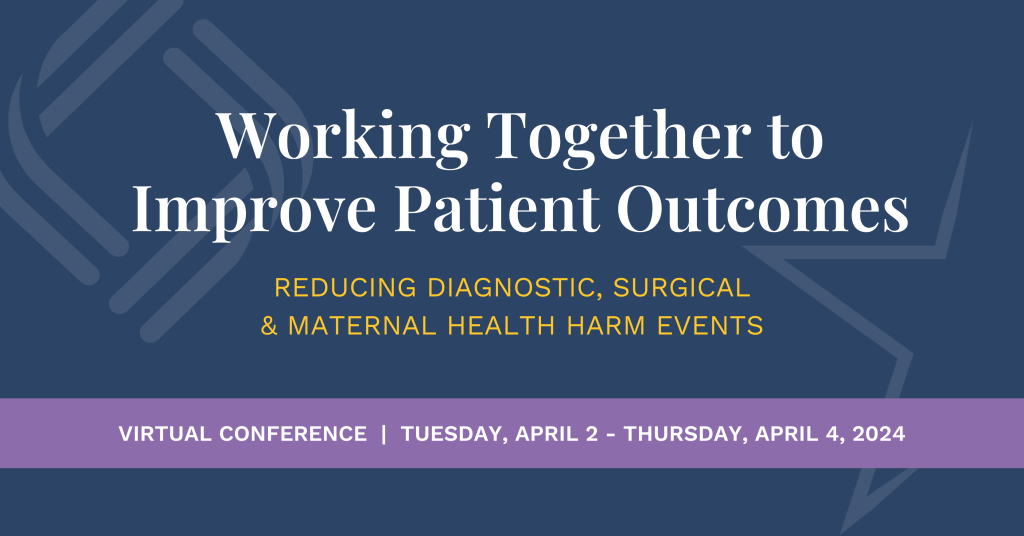Early Reporting Speeds Resolution After a Harm Event: Case Example
Improper medical treatment results in patient harm
A 75-year-old woman with chronic kidney disease and high blood pressure sought care for arthritic leg pain from her family physician (FP). The FP prescribed a nonsteroidal anti-inflammatory drug (NSAID) for her leg pain. He was also already prescribing an ACE (angiotensin-converting enzyme) inhibitor and a diuretic for her high blood pressure.
After taking the NSAID for a year, the woman developed a gastrointestinal bleed and was hospitalized. At that time, she was also diagnosed with kidney failure and transferred to a tertiary hospital to begin dialysis. The nephrologist commented that the combination of the NSAIDs and her blood pressure medications pushed her into kidney failure and that she would need dialysis three times a week for the rest of her life.

The woman contacted her FP and complained that he managed her medical treatment improperly, failed to appreciate the risks of using NSAIDs for pain in a patient with chronic kidney disease, failed to inform her about these risks, and failed to appropriately monitor her kidney disease—all resulting in kidney failure.
Early intervention after harm events speeds the path to resolution
The FP quickly reported this adverse event to us, and we conducted a thorough case review as part of our early intervention program, HEAL. The medical experts who reviewed the care were critical of the FP for not recognizing that prescribing NSAIDs, diuretics, and ACE inhibitors together increases the risk of kidney injury, especially when they are prescribed together over an extended time. During the review, the FP acknowledged that he did not appropriately monitor the woman’s kidney disease, nor discuss with her the risks and benefits of using these drugs together given her chronic kidney disease.
Because we were made aware of this harm event through early reporting, we were able to quickly conduct the expert review and determine our next steps. In this case, we helped the FP empathetically communicate with the patient about the harm event, and we made a fair offer of compensation to the patient to help all parties involved begin to heal—ultimately reducing the life cycle of the event. Without early intervention, this case could easily have escalated to a lawsuit and taken years to resolve.

New research shows that that intervening early after a harm event speeds resolution, lowers cost, and promotes healing. Shortening the life cycle of a case alleviates clinician stress and anxiety and lessens care team disruptions. This helps clinicians and care teams learn, move forward and continue doing what matters most: providing safe, high-quality care.
Early reporting following adverse events can help reduce additional ripples of harm
Unanticipated outcomes and adverse events happen. After all, clinicians and care teams are human, and even the most seasoned of them make errors. Unfortunately, these events often generate cascading ripples of hurt and cause additional harm in the absence of transparent communication and clear steps forward. We know from experience that reporting harm events right away is key to reducing additional ripples of harm.
We’re on a mission to create a better way forward after harm events—a way that can preserve relationships, promote communication, and improve everyone’s experience. Our early intervention program, HEAL, champions this better way forward. Early reporting prompts immediate access to:
- Thorough case review to provide peace of mind about the care provided
- Communication assistance to help clinicians and care team members talk with patients, senior living residents, and families after an event
- Clinician peer support to help clinicians and care team members navigate the many landmines of a harm event, claim, or lawsuit
- Risk consultation to help improve care processes to mitigate future harm events
Ultimately, early intervention can help:
- Enhance the trust between the patient, senior living resident, care teams, and clinicians
- Reduce the chance of claims and lawsuits
- Reduce clinician and care team turnover
- Uncover lessons to mitigate future events
Curi and Iowa Healthcare Collaborative are coming together to offer a virtual conference highlighting the impact that harm events from the top drivers of malpractice claims—diagnostic error, surgical treatment, and obstetrical treatment—have for physicians, healthcare providers, organizations, and patients. Attendees will gain valuable insights to understand why these malpractice allegations occur, identify opportunities for improvement, and recognize how early intervention provides a better way forward for all involved after harm. There is no fee to register for this conference, and continuing medical education credits will be available. Register here.

Curi’s risk mitigation resources and guidance are offered for educational and informational purposes only. This information is not medical or legal advice, does not replace independent professional judgment, does not constitute an endorsement of any kind, should not be deemed authoritative, and does not establish a standard of care in clinical settings or in courts of law. If you need legal advice, you should consult your independent/corporate counsel. We have found that using risk mitigation efforts can reduce malpractice risk; however, we do not make any guarantees that following these risk recommendations will prevent a complaint, claim, or suit from occurring, or mitigate the outcome(s) associated with any of them.
Share this blog article:
Latest Blog Articles
Five Steps Organizations Can Take to Reduce the Top Drivers of Patient Harm
Our national conference on reducing diagnostic, surgical, and maternal harm offered insights into the top drivers of harm. Learn how to reduce risk.
Five Steps to Reduce Generative AI Risks in Healthcare
AI is already assisting physicians and healthcare organizations in many ways. Learn how its use may impact liability and what strategies can mitigate risk.
Five Steps to Reduce Obstetrical Errors and Malpractice Claims
Learn how to reduce obstetrical harm using evidence-based protocols for managing high-risk situations, joint team fetal monitoring education, and enhanced teamwork.


